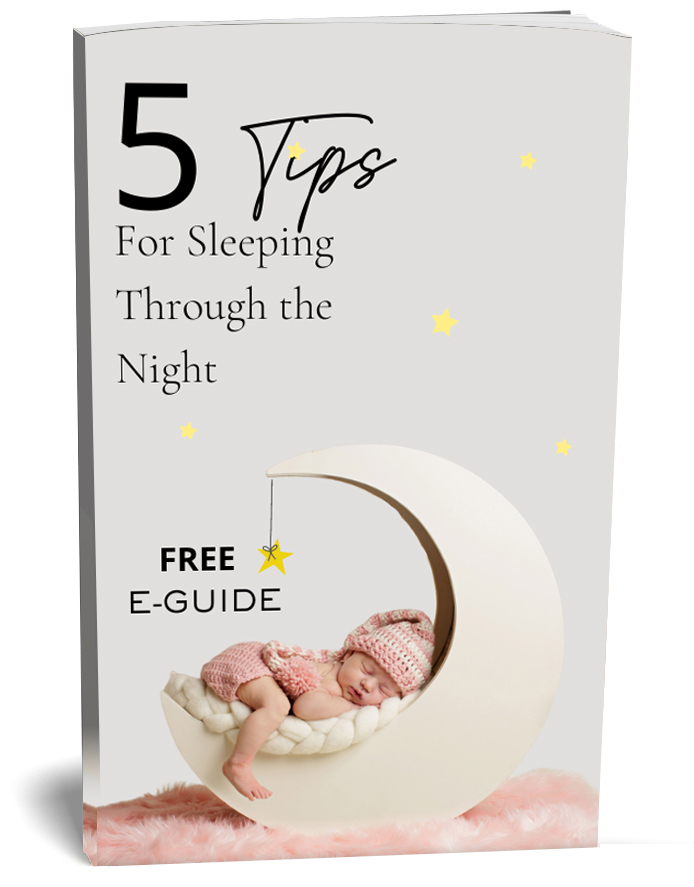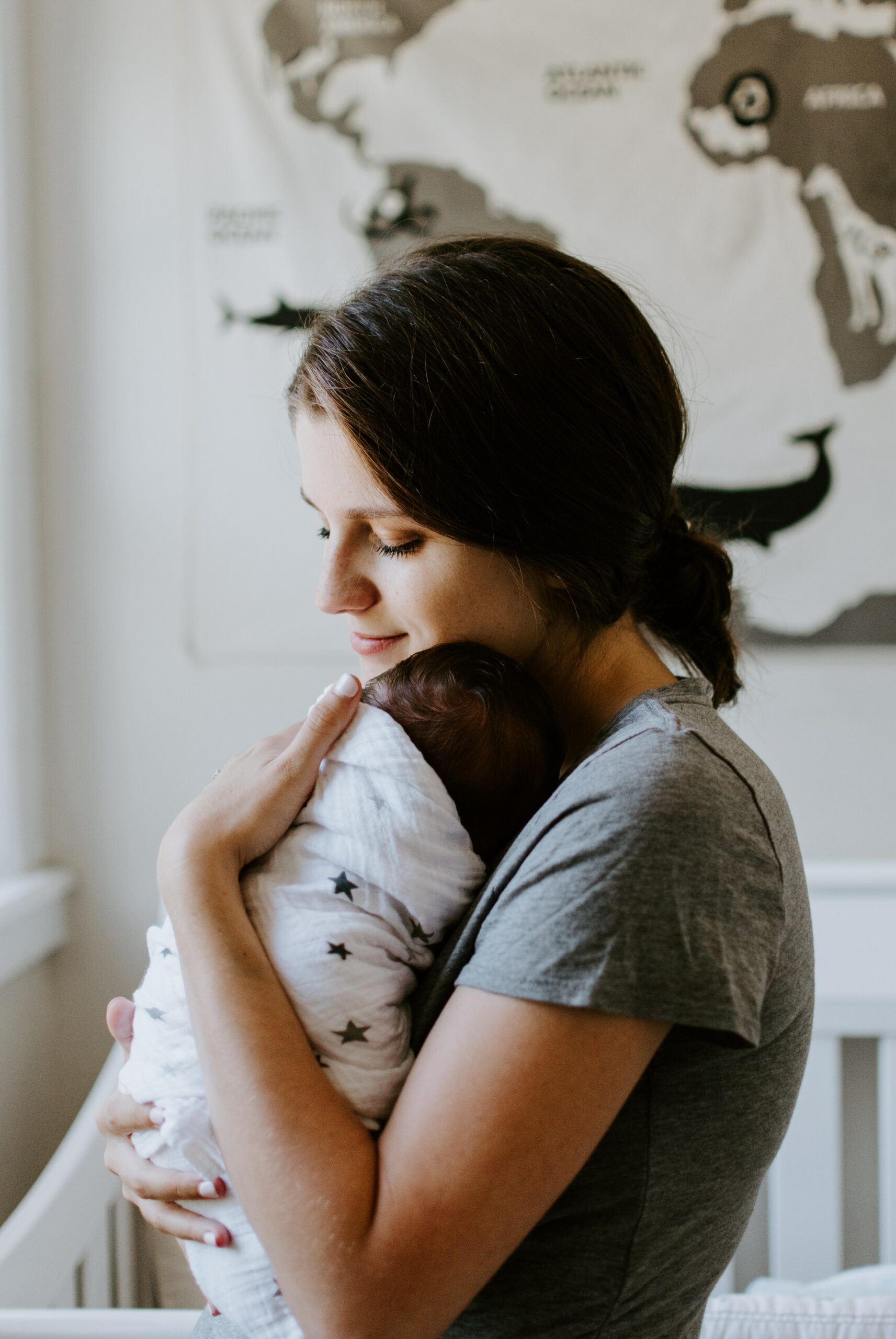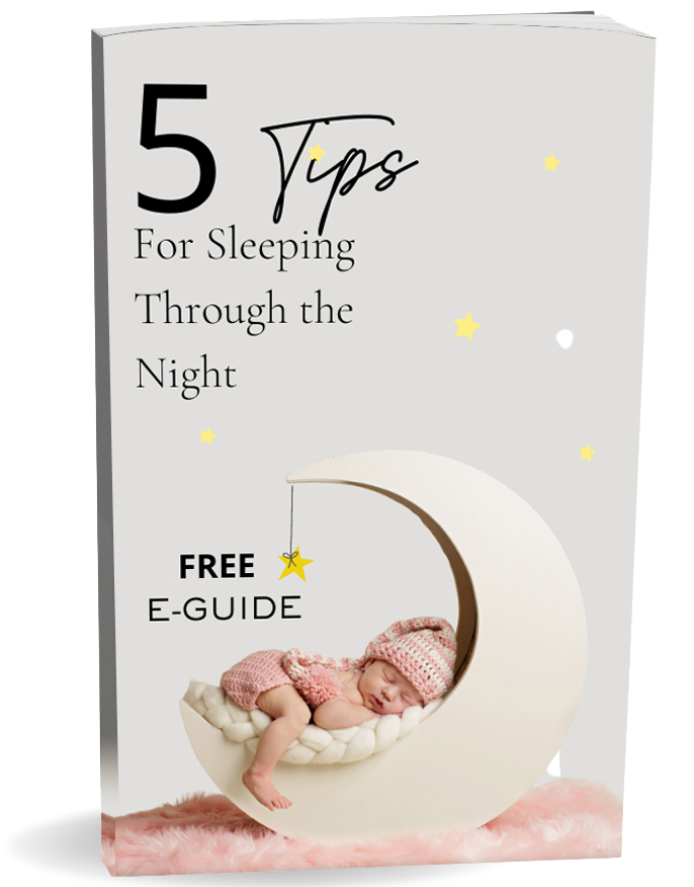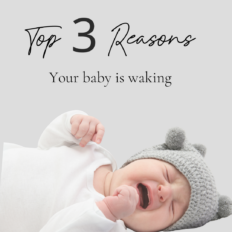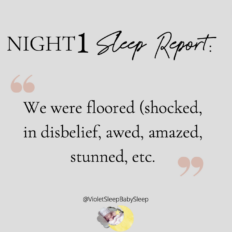
You’d think that something as simple as swaddling your baby would be something everyone could get together on. But these days, nothing is as simple as it seems.
Just check out these recent headlines…



As a parent, you know the score. Wrap up your hot little mess in a baby burrito, and it’s a lot easier for him to feel safe, secure, and sleepy.
So what’s with all the controversy? Is swaddling safe? In this post, I’ll unwrap the controversy and give you my best advice for swaddling your little one safely.
Why swaddling is making headlines
Swaddling has been in the news a lot in recent years. In 2011, the National Resource Center on Child Health and Safety released a set of safety recommendations for early care and childcare programs. Among their guidelines: swaddling should not be used in daycare settings.
Following the NRC’s report, states from Texas to Minnesota to Pennsylvania banned swaddling in daycare facilities.
The backlash was swift and fierce. Pediatrician Harvey Karp unloaded on the guidelines in the Huffington Post, arguing that the NRC was “changing something that is a very entrenched standard of care of the community.”
But few people examined the rationale behind the NRC’s recommendations. Most infants in day-care settings are at least six weeks old, and usually considerably older. By this age, they have the motor skills to roll over onto their stomachs or kick swaddling blankets loose, increasing the risk of infant suffocation.
Further controversy came in 2016 with an alarming study in the journal Pediatrics suggesting that swaddling may increase the risk of SIDS. While the study triggered panic-inducing headlines, its findings were actually in line with what we already know about swaddling. It’s risky when infants are placed on their sides or on their front to sleep — and with infants over six months old.
The moral of the story? Swaddling is safe…
- for babies in their first few weeks.
- when babies are laid down to sleep on their backs.
- only when babies are under the supervision of an adult.

Despite the outcry, swaddling can be safe… when done correctly. Follow these steps, and you’ll have your baby wrapped securely and comfortably in no time.
-
Spread the swaddle out flat, and fold one corner down.
-
Lay your baby on the swaddle, face up, with her head over the folded corner.
-
Straighten her left arm. Wrap the left corner of the blanket over her body and tuck it securely between her right arm and the right side of her body.
-
Bring the bottom of the blanket up and tuck it under the baby’s chin.
-
Now, straighten her right arm. Wrap the right corner of the blanket over her body and tuck it under her left side.
-
Check to make sure your baby has room to move and the swaddle isn’t too tight.
Guidelines for safe swaddling
Swaddling is safe — but not all babies need or want it. If swaddling your baby helps her sleep, it’s important to do it safely. Here are some guidelines to keep in mind.
Do what’s right for your baby. Nothing says your baby has to be swaddled. If your baby is happy without it, why mess with something that’s working?
Make sure the swaddle can’t come loose. Loose fabrics in the crib are one of the biggest risks for infant suffocation. Throughout the first year, it’s safest not to have any loose blankets in the crib at all. If you opt for swaddling, make sure the wrap is secure to keep your baby safe.
Always put your baby on her back to sleep. While “back to sleep” is a common-sense bit of parenting wisdom, it’s especially important if you swaddle your baby.
Be age appropriate. Swaddling can work wonders for newborns. By six to eight weeks, it’s probably time to leave the swaddle behind. How do you know when it’s time? “I would stop swaddling by age 2 months, before the baby intentionally starts to try to roll… If babies are swaddled, they should be placed only on their back and monitored so they don’t accidentally roll over,” says Rachel Moon, professor of pediatrics at the University of Virginia. “
Give those hips some room. Swaddling your baby too tightly can lead to hip dysplasia, a condition where the thigh bone is not held firmly in the hip socket. Be gentle and give your little one plenty of space to move those hips.

Avoid overheating. Swaddling could increase the risk that your baby will overheat, so keep an eye on your baby. Telltale signs include sweating, flushed cheeks, damp hair, and rapid breathing.
Always monitor your baby. Swaddling reduces your baby’s arousal, making it easier for her to fall asleep. But decreased arousal does come with risks and can be a cause of infant suffocation. Always be sure to keep an eye on your baby when you swaddle her to make sure she’s safe.
Your Turn
Swaddling can be a simple and effective way to help your baby get better sleep — as long as you follow some basic guidelines.
Always put your baby on her back to sleep. Keep a close eye on your baby in case fabrics come loose. And leave the swaddle behind when your baby reaches two months.
Got more questions? Swaddling is just one tool you can use to help your little one get to sleep. I’ve helped thousands of families get a better night’s sleep… and I can help you, too. Check out my packages to learn more!


